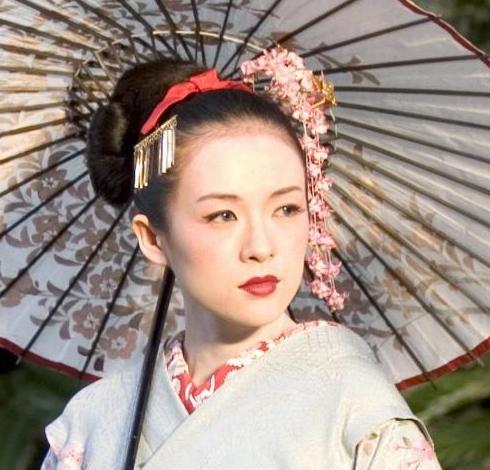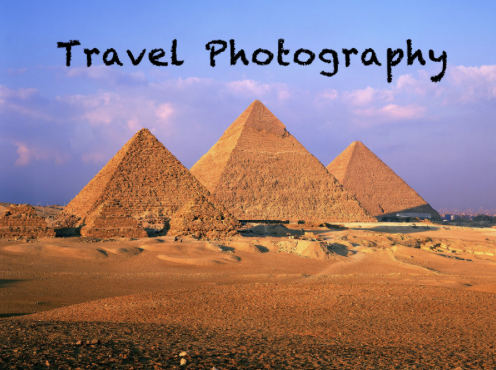The country of Japan is an archipelago that lies just east of mainland Asia. It’s a nation made up of four main islands and several thousand smaller isles. The geographical location is just along the Pacific Ring of Fire which is an area prone to frequent earthquakes. There are approximately 60 active volcanoes including Mt. Fuji, which is the country’s highest peak. Most of Japan is mountainous, so many cities consume the flat land and coastal plain.
Known worldwide for its technology and modernization, Japan’s urban buildings are predominantly less than 25 years old. Every year the Japanese amaze us with their innovative ideas and technology. Products such as cameras and televisions, as well as robots and arcade games, go beyond the latest designs making leisure and everyday life more enjoyable and often easier.
The people of Japan are very conscientious when it comes to etiquette. You won’t see someone talking on their cell phone while sitting on a long distance train. This type of behavior might disturb other passengers and is looked down upon. The locals are also very respectful toward “elders,” even if the age difference is only a few years. While in Kyoto, I found it surprising that children as young as five years old walk through the city unaccompanied on their way to and from school. It gives one the feeling that everyone looks out for one another.
Most visitors to Japan probably spend the majority of their stay in Tokyo. It is the capital city of Japan and holds the title of the most populated city in the world. However, Tokyo wasn’t always the capital. The city of Kyoto was the imperial capital until 1868, when power shifted to Tokyo. Both are excellent places to visit and are a good representation of the country.
Kyoto City is full of ancient monuments and temples. Many of which are found in the foothills and are best reached on foot. It’s a city steeped in history – its side streets with their old shops and townhouses will transport you back in time. There is much to see in Kyoto but one of the most famous and popular sights is Nijo Castle. Perhaps best known for its Nightingale flooring, bird-like noises are heard when it’s walked upon. This would give warning of possible intruders. The Castle also has two beautiful gardens which are typical around shrines and temples in Japan. Overall, Nijo Castle is a very interesting place to visit.
Another highlight is the Philosopher’s Walk. Named after a Kyoto University Philosophy professor, it’s one of Kyoto’s most treasured spots. The path follows a cherry-tree lined canal along the base of the scenic Eastern Mountains. The list of local temples goes on and on, so the best plan is to buy a map and formulate a route depending on which areas you would like to see most.
Once the fishing village of Edo, Tokyo is one of the most modern and energizing cities in the world. Transportation is very efficient and the subway system is easy to use. The sheer size of the city and it’s many sights will keep you busy for days. Depending on how much time you have, the following are a few places I highly recommend.
The Tsukiji Fish Market is the largest of its kind in the world. An experience unique to Tokyo, auctions are held every morning except Sunday. Wandering through the maze of tiny stalls packed with fresh fish gives one the idea of how important seafood is as a staple of Japanese cuisine.
Ginza is one of Tokyo’s biggest shopping districts. Its name brand stores sit side by side and you can see all the latest fashion and highly priced female accessories. The San’ai building is quite impressive with it’s huge glass windows. Also in Ginza and a definite must see is the Sony Showroom. The multiple floor display features all the latest technology and gadgets. Like a Willy Wonka factory of electronics, you can find anything and everything there. An odd sight you may notice while walking in Japan is how umbrellas are used even when it’s not raining. Although, usually associated with bad weather, they do provide an excellent form of sunblock.
Once night falls, Tokyo transforms into a whole new world, brightening up the evening sky. Its neon lights continue for miles and there is no better place to see them than East Shinjuku. It’s an area packed with bars, pachinko parlors, movie houses, and a red-light district.
Senso-ji Temple is Tokyo’s most sacred temple. It’s a large complex with many buildings, some of which were destroyed during the second World War, but have since been restored. The temple’s central incense burner is constantly surrounded by people waving smoke over themselves in hopes of receiving good health. Nakamise-dori is a long street located within the temple where you will find many typical Japanese items such as fans, dolls, and kimonos for sale.
To take a break from the busy streets of the city, venture over to Ueno Park. It’s a huge area that includes three ponds as well as Japan’s best and oldest zoo.
There is much more to see in Tokyo, time permitting. Be sure to take advantage of the subways in order to cover more ground. Whether in Japan for a week or just a few days, I’m sure you will find it to be an intriguing place whose blend of history and cutting edge technology will stir an awareness of the continuity of human life and leave you to speculate at the possibilities in our shared future.
















Speak Your Mind